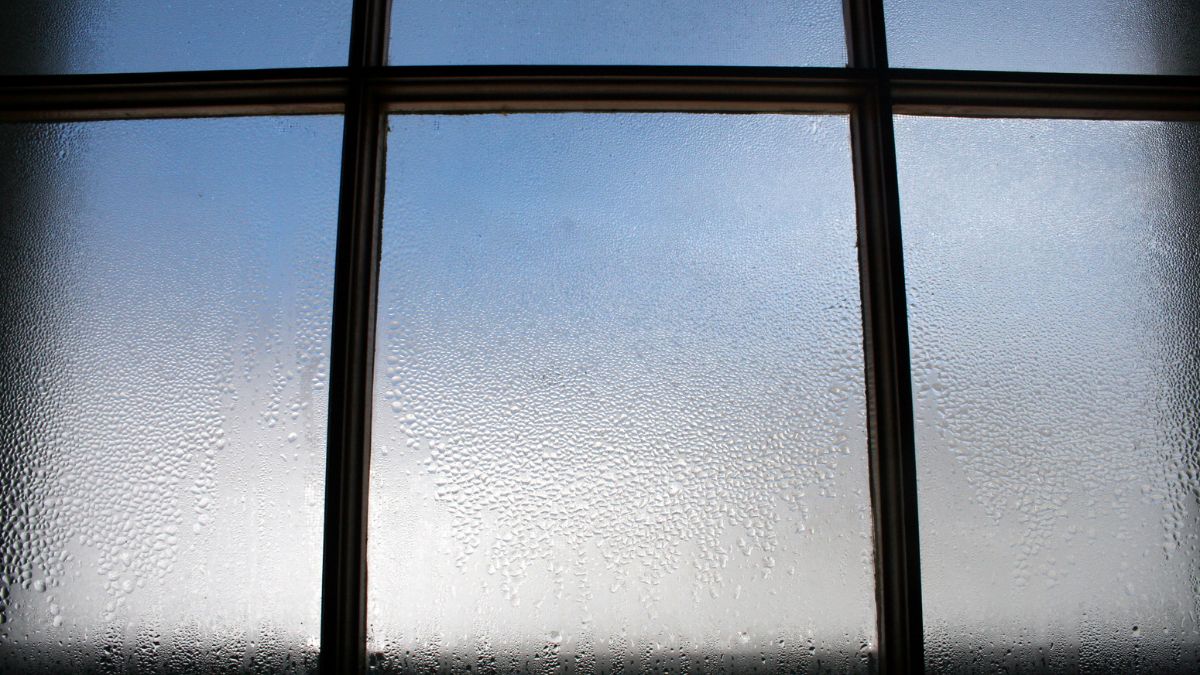Property Management
What are the main ways to control condensation in your home?
16 May 2023
by Dee Pajevikj

As the weather turns colder, condensation and mould can form more easily.
Here is a simple guide to condensation, outlining the reasons why it may occur and stating actions which may reduce its effects.
Condensation forms because the moisture in the air can no longer be held as a vapour, so returns to liquid form. This occurs when warm moist air comes into contact with either cooler air or a cooler surface.Condensation often leads to damp which can cause serious problems in rented properties, especially during the colder winter months, if left ignored. There are however simple steps that you can take to prevent condensation and mould growing in your home.
As a tenant you have a duty of care to the property and may find yourself responsible for damage caused by damp if it can be shown that you haven’t taken the necessary measures needed to stop damp forming, or if you have interfered with steps the landlord has taken to limit condensation/damp problems.

Condensation is the most common form of damp that can appear in your property; it can be the cause of peeling wallpaper, damp patches on walls and moisture on the inside of windows and windowsills.
Actually, you can do a lot to prevent condensation in your home and it’s fairly simple to do. Following these tips will help you to keep condensation in your home under control:
Produce less moisture
• Put a lid on saucepans to keep the steam inside.
• If tenants have a washing machine or dryer, they should ensure that it is vented correctly.
• Do not leave kettles boiling.
• Dry washing outside if possible. Otherwise, hang it up in the bathroom, close the door and have the window open or a fan working continuously while it dries.

Ventilate to remove moisture
• Ventilate all rooms at regular intervals to remove humid air.
• Mechanical ventilation systems should not be stopped.
• Cooking, bathing and showering all produce steam. Put on the fan and close the door to prevent the damp air circulating into other rooms.
• At other times, leave all the doors to different rooms open to allow the air to circulate.
• To avoid condensation in bedrooms, open the windows for 15 minutes each morning.
• Move items of furniture away from the wall slightly so that air can pass behind them.
• Leave the doors of cupboards open from time to time to air them.

Insulate your building or heat your home a little more
• Thermal comfort ranges are very subjective. When at home, the ideal temperature usually ranges between 19-22 degrees Celsius in the living rooms, including the kitchen and bathroom, and 16-20 degrees Celsius in the bedrooms.
• Do not heat up cold bedrooms in the evening by opening the door to heated rooms. The warm and humid air will condensate on the cold walls of the bedroom.
Summary
• Remove mould when it appears.
• Use fans in bathrooms and kitchens.
• Do not let rooms and walls become cold.
Measures such as these will cure most problems of condensation and mould. However, if you think that you have problems with dampness or condensation, please contact your Abercromby’s property manager immediately.